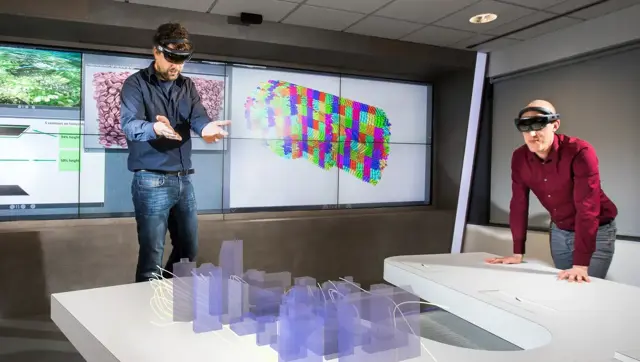< Back to news


November 28
AI captures Wildlife in the Amsterdamse Waterleidingduinen
Scientists from the Institute for Biodiversity and Ecosystem Dynamics (IBED) at the University of Amsterdam are collaborating with Waternet on an innovative AI-driven monitoring system. This system uses smart cameras and species identification to map wildlife in the Amsterdamse Waterleidingduinen 24/7.
Vergelijkbaar >
Similar news items

April 4, 2025
Amsterdam strengthens position as major AI hub and tech city
Amsterdam ranks among Europe’s top tech cities and is rapidly emerging as a global AI hub. The city combines strong digital infrastructure with active research networks and a vibrant startup ecosystem.
read more >

April 4, 2025
AI model aids in assessing muscle health in people with lower back pain
VU PhD candidate Eddo Wesselink developed an AI model that efficiently analyses muscle health on MRI scans—supporting improved care for people with lower back pain.
read more >
April 4, 2025
VU launches AI platform Nebula for secure access to language models
Researchers at VU can now independently work with large language models through the new platform Nebula—offering full control over data and models without relying on commercial providers.
read more >